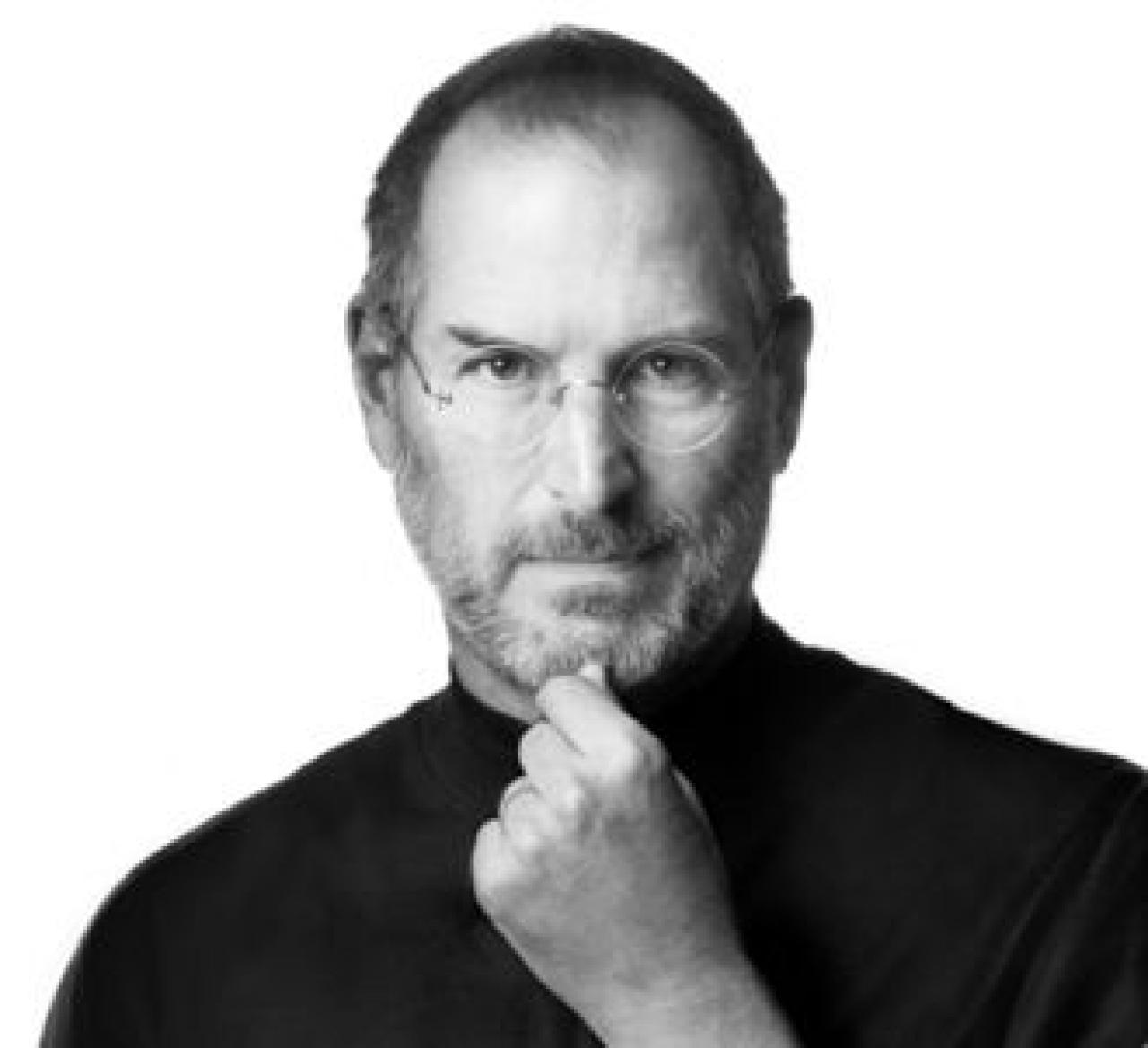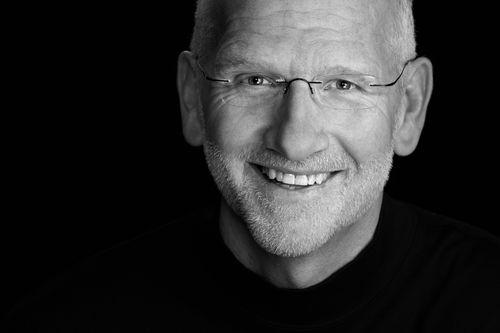
On August 24, 2011, Steve Jobs resigned from his CEO position at Apple. With Jobs moving on to more important matters, the question "What would Steve do?" might be one of the worst that Apple executives and employees could ask during the next decade. Just step back in time to see why.
On December 15, 1966, Walt Disney, the founder and then president of The Walt Disney Company, passed away. It didn’t take but a few years for one of the subsequent CEOs and presidents, Card Walker, to consistently ask the question "What would Walt do?" when trying to make strategic choices. This question spread throughout the company with the distribution of a small book of Walt Disney's sayings, further weaving the "What would Walt do?" logic even deeper into the decision making fabric of the company.
In short order, Disney ended up with a series of tired, formulaic movies that produced little box office entertainment and the complete cancellation of its 29-year-old, hour-long weekly program, Walt Disney, on CBS television. By the time Michael Eisner showed up as the new CEO and president in 1984, Disney had definitely lost its course, with people more often than not muttering “What would Walt do?” in response to key competitive challenges.
A far better question that Disney executives and employees could have asked between 1966 and 1984 is: “What had Walt Disney personally done over the years to create and sustain such a vibrant, innovative company?” That is the question that colleagues Jeff Dyer, Clayton Christensen and I asked some of the most innovative founders at the most innovative companies in the world during the past eight years. The answers we heard reflect the actions that Steve Jobs (and for that matter, Walt Disney as well) had engaged in since founding Apple Computer on April 1, 1976 and leading it until August 24, 2011 (our new book, The Innovator’s DNA, published by Harvard Business School Press, shares the results and implications of this research).
Steve Jobs was a master at the five skills of disruptive innovators. He personally excelled at connecting the unconnected, or associational thinking. He was constantly on the hunt for new insights by observing the world through the eyes of an anthropologist. He regularly networked for new ideas with people who were 180 degrees different than himself. And he constantly experimented with different prototypes of every product and service Apple ever produced. At the very core, Jobs was exceptional at asking provocative questions, ones that challenged the status quo, inside Apple and out. Put simply, Jobs thinks different because he acts different — habitually.
Even more important, when Jobs returned to Apple in 1996 (after being kicked out in 1985 by less than creative senior executives), he not only leveraged again his disruptive skills as the new CEO, but he created a top team of people with strong innovation and execution skills. Some were quite like him, innovators like Jonathan Ive, and others not quite as much like him, executors like Tim Cook. Jobs also created a culture of innovation (though he likely called it a culture of excellence) with processes and philosophies that reinforced the power of not only getting great ideas but transforming them into world changing products.
With Jobs now moving on of his own accord, we will see how well the people, philosophies and culture that he put into place during the past decade will leapfrog Apple employees past the question “What would Steve do?” to a much more productive one: “What should I do?” Moving ahead, some Apple employees should act different and think different to get surprising new ideas. Others should focus on delivery to make sure things not only get done, but get it done exceptionally well. Some should focus on both. If innovation and execution happen consistently enough across Apple in the months and years to come, I’m confident that the people, processes and philosophies that Steve Jobs put into place today will indeed keep the innovation engine humming at Apple Inc tomorrow.

-
View Comments
-
Leave a Comment



No comments yet.